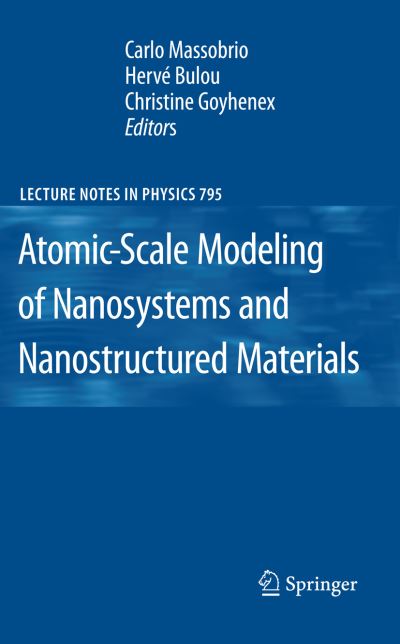
Understanding the structural organization of materials at the atomic scale is a lo- standing challenge of condensed matter physics and chemistry. By reducing the size of synthesized systems down to the nanometer, or by constructing them as collection of nanoscale size constitutive units, researchers are faced with the task of going beyond models and interpretations based on bulk behavior. Among the wealth of new materials having in common a "nanoscale" ngerprint, one can encounter systems intrinsically extending to a few nanometers (clusters of various compo- tions), systems featuring at least one spatial dimension not repeated periodically in space and assemblies of nanoscale grains forming extended compounds. For all these cases, there is a compelling need of an atomic-scale information combining knowledge of the topology of the system and of its bonding behavior, based on the electronic structure and its interplay with the atomic con gurations. Recent dev- opments in computer architectures and progresses in available computational power have made possible the practical realization of a paradygma that appeared totally unrealistic at the outset of computer simulations in materials science. This consists inbeing able to parallel (at least inprinciple) any experimental effort by asimulation counterpart, this occurring at the scale most appropriate to complement and enrich the experiment.
| ISBN: | 9783642262456 |
| Publication date: | 4th May 2012 |
| Author: | Carlo Massobrio, Hervé Bulou, Christine Goyhenex |
| Publisher: | Springer an imprint of Springer Berlin Heidelberg |
| Format: | Paperback |
| Pagination: | 371 pages |
| Series: | Lecture Notes in Physics |
| Genres: |
Electronics engineering Condensed matter physics (liquid state and solid state physics) Maths for engineers Nanotechnology |